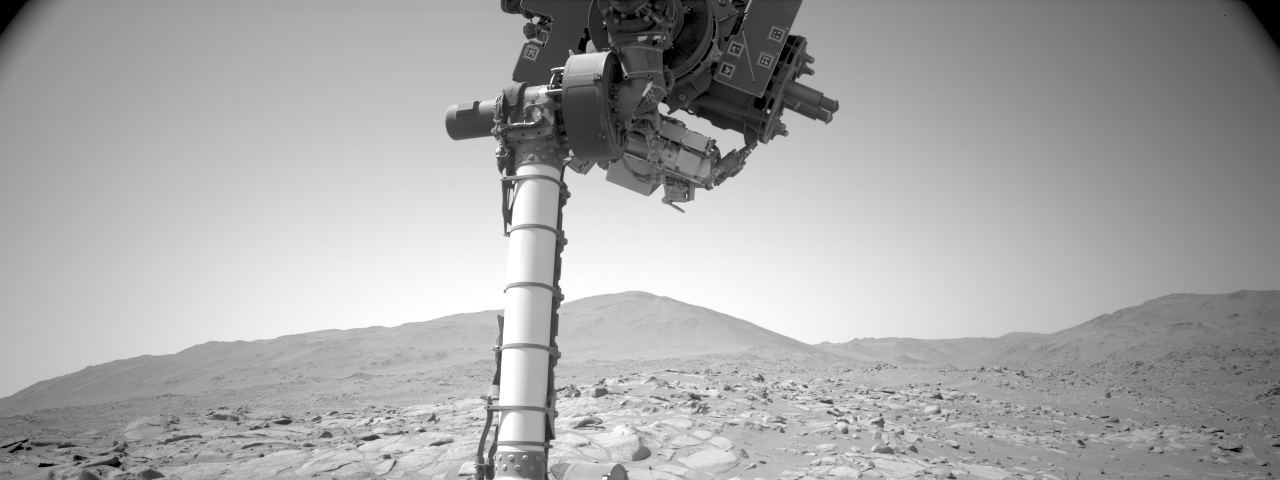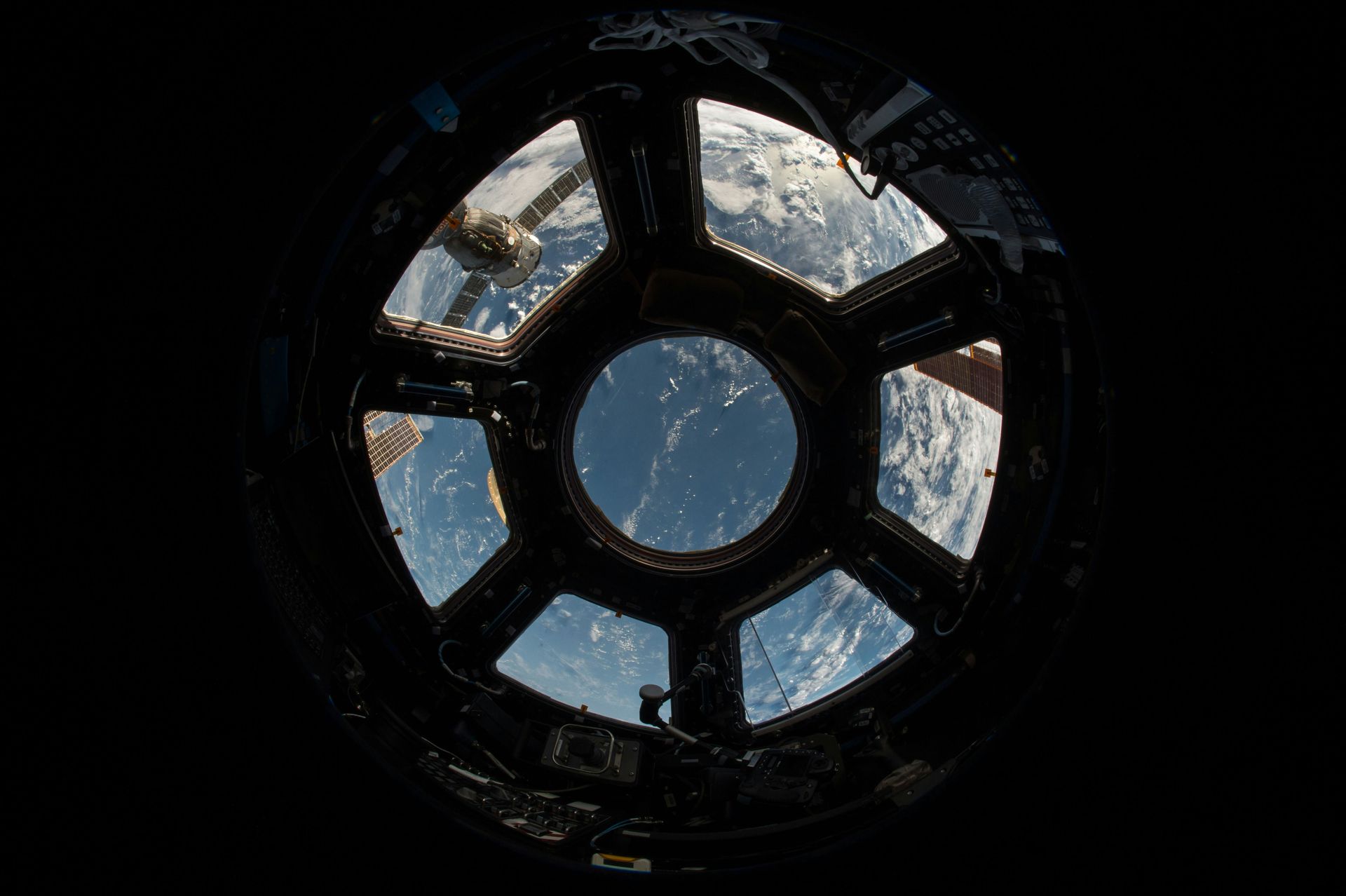The ISS deorbit mission, awarded to SpaceX for $843 million, represents a pivotal moment in space exploration in the context of the NASA ISS project.
The International Space Station (ISS), a symbol of international cooperation and scientific progress since its launch in 1998, is nearing the end of its operational life. As such, NASA has initiated plans to safely deorbit the ISS by 2030. This mission is critical for ensuring that the ISS reenters Earth’s atmosphere safely, without posing risks to populated areas. The selection of SpaceX for this task highlights the company’s expertise and reliability in handling complex space missions.
SpaceX’s role in the ISS deorbit mission involves developing a new spacecraft, the U.S. Deorbit Vehicle (USDV), specifically designed to manage the safe deorbiting of the ISS. This spacecraft will guide the ISS into a controlled descent, ensuring a safe reentry and breakup over remote areas. Unlike the Dragon capsule, which SpaceX uses for transporting cargo and crew, the USDV will be uniquely tailored for the deorbit mission. NASA’s confidence in SpaceX underscores the company’s pivotal role in current and future space operations.
The ISS deorbit mission is not just about the safe disposal of the space station; it is also a huge step towards future commercial space stations. As the ISS has served as a platform for thousands of scientific experiments, its deorbiting marks the transition to new commercial ventures in low Earth orbit (LEO). SpaceX’s involvement in this mission sets the stage for the next phase of space exploration, ensuring continuity in space-based research and international collaboration.

SpaceX to develop the ISS deorbit vehicle
NASA’s decision to select SpaceX for the ISS deorbit mission is a testament to the company’s capabilities in space technology. The $843 million contract involves the development of the U.S. Deorbit Vehicle (USDV), a spacecraft designed to deorbit the ISS safely. This mission is crucial as it ensures the ISS reenters Earth’s atmosphere without endangering populated areas. The ISS deorbit process requires precise calculations and advanced technology, making SpaceX a suitable candidate for this task.
The USDV will be responsible for guiding the ISS into a controlled descent, ensuring it breaks up safely upon reentry. This task is complex due to the ISS’s large structure and the need to minimize risks to populated regions.
Not Just For Earthlings: NASA Has Big Uses for Big Data
The USDV will incorporate advanced technologies to manage the ISS’s descent, making it distinct from other spacecraft like the Dragon capsule. Once developed by SpaceX, NASA will take ownership of the USDV and operate it throughout the deorbit mission.
The choice to develop a new spacecraft for the ISS deorbit mission, rather than relying on existing vehicles like the Russian Progress spacecraft, highlights the unique challenges involved. The USDV will feature cutting-edge technology to ensure a controlled and safe reentry of the ISS. This decision underscores the complexity and importance of the ISS deorbit mission, which is critical for safe and responsible space operations.
Why is the ISS being retired?
-
Age and wear: The ISS has been in operation since 1998 and much of its equipment and structure are aging. This has led to increased maintenance costs and potential safety concerns.
-
Cost: Maintaining and operating the ISS is expensive, costing billions of dollars each year.
-
Transition to commercial space stations: NASA is shifting its focus towards supporting the development of commercial space stations in low Earth orbit, which will take over some of the roles currently filled by the ISS.
-
Safety concerns: With the aging structure, there are concerns about the long-term safety of the ISS. A controlled deorbit mission ensures a safe re-entry and minimizes risks to populated areas.
It’s important to note that the retirement of the ISS does not mark the end of space exploration. Rather, it represents a transition towards a new era of commercial space stations and continued research in low Earth orbit.
The international collaboration behind the NASA ISS project
The ISS has been a model of international collaboration since its launch, involving five major space agencies: NASA, the Canadian Space Agency (CSA), the European Space Agency (ESA), the Japan Aerospace Exploration Agency (JAXA), and the State Space Corporation Roscosmos. The ISS deorbit mission continues this legacy of cooperation, with NASA leading the effort by awarding the contract to SpaceX. The safe deorbit of the ISS is a responsibility shared by all participating agencies, ensuring a coordinated approach to this critical task.
The ISS has facilitated groundbreaking scientific research, allowing experiments in microgravity that are impossible on Earth. As we approach the end of its operational life, the collaborative spirit that built the ISS remains essential in planning its deorbit. The ISS deorbit mission reflects the continued commitment of the participating space agencies to manage the ISS’s end-of-life phase responsibly.

Each space agency has played a vital role in the ISS’s operations, contributing to its maintenance and scientific research. The ISS deorbit mission, now entrusted to SpaceX, symbolizes the culmination of over two decades of international cooperation and scientific achievement. This mission ensures the safe and controlled reentry of the ISS, preventing risks to populated areas and marking the transition to new space endeavors.
The ISS deorbit mission is not just about ending a chapter; it is about laying the groundwork for future space endeavors. As SpaceX takes on this historic task, the world watches with anticipation, knowing that this mission will pave the way for the next phase of space exploration and innovation.





